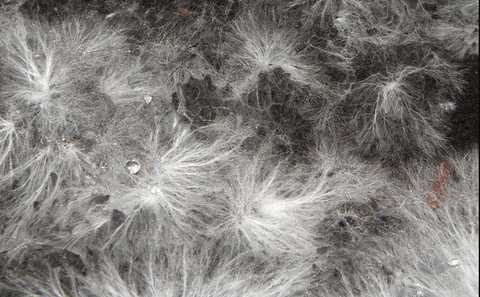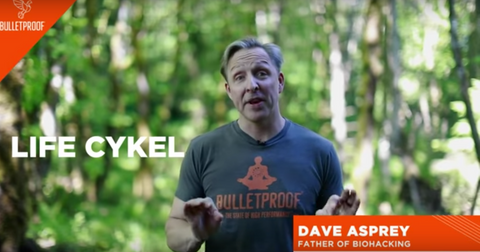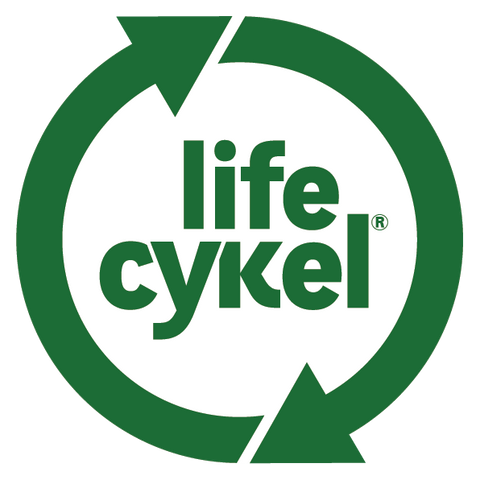Have you ever wondered how the ground somehow just magically swallows everything up? Every leaf, every bug, every fallen tree, every organism that lives and dies. Everything. If your mind hasn’t already pondered these questions, it definitely is now.
And isn’t it mind-boggling to think about? Where does everything go? How is it broken down? For me to try and comprehend this, I imagine some massive fairytale creature living beneath the soil gobbling everything up, day-in and day-out.
And the amazing thing is, the truth isn’t so far off. It’s a sci-fi world we live in folks. This massive Earth cleanup is all taken care of by our good friends, fungi. Well, mycelium to be specific. What most people don’t know, is that what you see in your grocery store or at the market is actually only a tiny part of a mushroom. A mushroom fruit will only sprout up periodically under the right conditions, and if you blink, you will miss it.
Like an apple from a tree, the mushrooms we eat are actually just the fruit stemming from something larger. Under the ground, there is a whole network of interconnected cells that are alive and feeding on decomposing organisms. And this network, my friends, is possibly the most vital function of the food web – it is truly a digestive system of epic proportions.
Whether its a bear that keels over in the forest or the pear you forgot in the back seat of your car for a week. Fungus feeds on organisms decomposing and regurgitates the matter into the soil that is necessary to create new life.
This means that most of the brown dirt you see in your backyard is essentially little pieces of organisms digested by fungus.
WHAT IS MYCELIUM?

Photo by Rob Hille
Mycelium is a tubular thread of cells that spread through the soil underground and connects the roots of plants to one another. The fungus reproduces on its own by creating spores, until it meets another mycelia network to connect with. Not only does this network benefit our planet by feeding off waste, but it also allows plants to share information about their environment. [1]
Well-known microbiologist Paul Stamets described this beautiful phenomenon as "Earth's natural internet" in a 2008 TED talk.
In the talk, he expresses that mycelium has the power to save the world. He describes how he has demonstrated that mycelium can re-manufacture hydrocarbons (especially those of which are found in coal and petroleum waste) into fungal surgars, which can then be utilised by the mycelium to grow mushroom fruiting bodies. These fruiting bodies subsequently attract insects, which attract birds, which leave behind seeds, so then plants begin to grow and I could go on... Basically showing that mycelium opens the door to new life from what was previously harmful materials, quite incredible if you ask me.
He further explains that they have discovered that there are 5 mushroom strains which are highly active against a range of flu viruses. This can easily be transferred for human use, as we are in fact more closely related to fungi than fungi are to plant!
He has also identified a fungi that can be used as a natural pesticide and on top of that, yes there's more, they have seen that mycelium can be used as an intermediary to generate ethanol from cellulose. If you don't believe me, have a listen to the man himself, follow the link above!
A BBC Earth article also stated that fungal networks boost their host plants' immune systems, because, “when a fungus colonises the roots of a plant, it triggers the production of defense-related chemicals. These make later immune system responses quicker and more efficient, a phenomenon called "priming". Simply plugging into mycelial networks makes plants more resistant to disease.”
It is suggested that through the communication of these plants, they can send signals to one another, and help each other grow and thrive. 2
No big deal.
Alright, I think you’ve heard enough about mycelium for one day. But just remember this next time the lady at Starbucks gets your order wrong and you stomp around thinking the world is drab:
The trees are talking to one another, and under the ground below you is a giant hungry fairytale mushroom creature munching on EVERYTHING. Fungus knows we are here, it loves us, and it takes care of us.
Fungus. is. life. That is all.





Comments (0)
There are no comments for this article. Be the first one to leave a message!